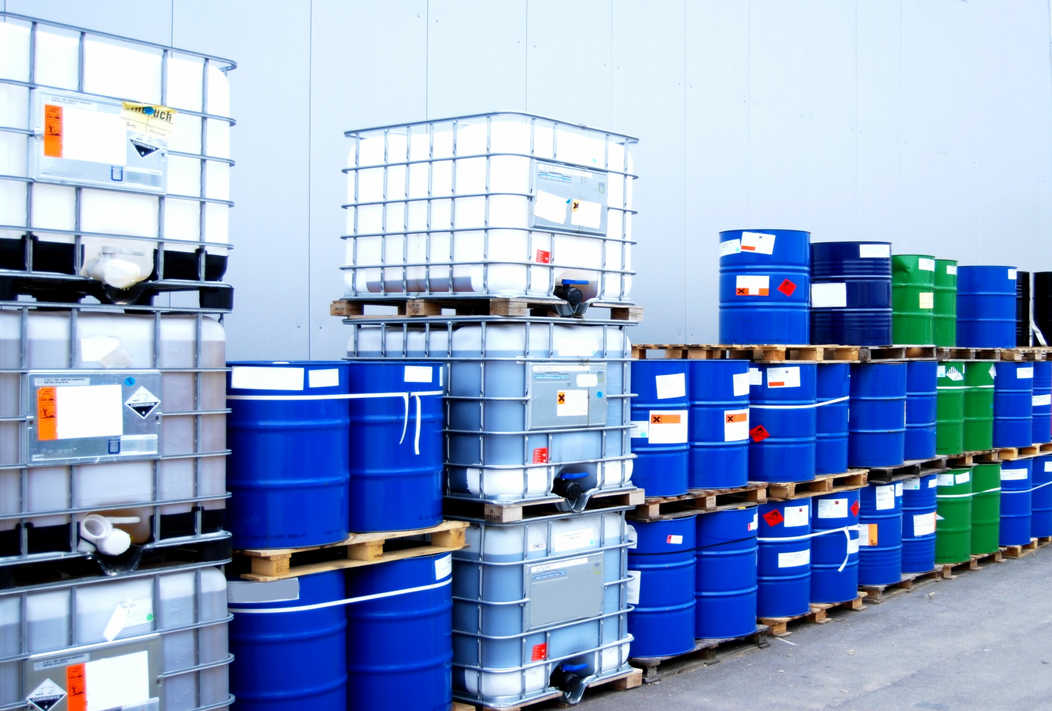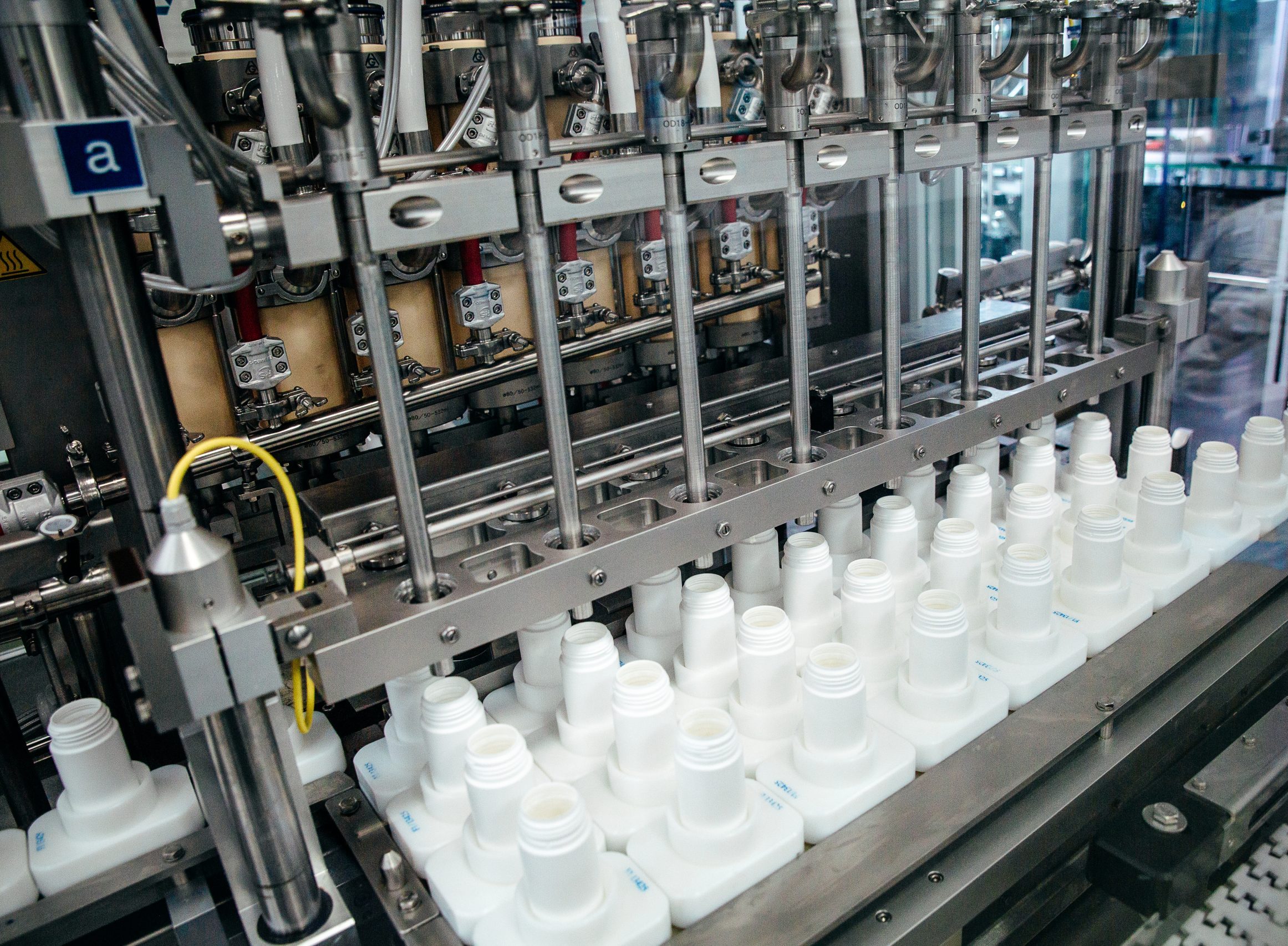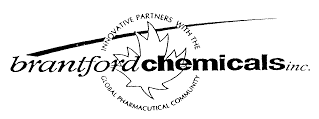About CHYMBIOTECH CONSULTING
With over 40 years of postgraduate work experience in academia, government, and industry, covering all aspects of chemical product invention, development, manufacture and commercialization, from initial discovery, development of product specifications, process research and optimization, scale-up and commercial production and sales, complemented by a thorough understanding of the different regulatory environments (U.S. EP.A. TSCA, E.U. REACh, FDA, EMEA, cGMP, etc), and backed by a global network of expert colleagues, specialized labs and CROs/CMOs when needed, Dr McPhee provides consulting services to companies small and large in the biotechnology and chemistry-related space.

Sample Projects
While client confidentiality prevents providing identifying details about past projects, the examples below give an idea of the breadth of expertise available and its use to solve some typical problems

Technology evaluation
An SME receiving government funding to develop a “green” photochemical route to manufacture a common bactericide had missed the project completion deadline and was requesting an extension and additional funding.

Litigation support
A food manufacturer was being sued by a customer over the presence of a malodorous organic compound in the packaging of a confectionary product exported overseas. On behalf of the client, the manufacturer’s legal counsel, an investigation of the circumstances of the incident was carried out.

Process improvement
A government lab spin-off company created to develop a novel biopesticide based on a terpene-containing plant extract was facing the problem that one of the components was a monoterpene peroxide, with known severe and sometimes even fatal human toxicity.

Green chemistry
VOC solvent emissions from the product filtration and drying operations in the manufacture of an established specialty chemical were a concern from the point of view of operator exposure and the manufacturing site’s compliance with existing air quality regulations, thus requiring replacement of the existing process with a new version.

Raw material procurement
A company had developed a novel catalytic process for the manufacture of a major agrochemical fungicide, but while the chosen sterically hindered metalloid-containing catalyst was commercially available as a laboratory reagent, it could not be sourced in the anticipated required amounts (several hundred metric tons/year).

Implementation of design of experiments
Recognizing the advantages in terms of improved process design, reduced cost, better understanding of complex systems, better use of resources, improved problem-solving, more rigorous decision-making and increased innovation, an API manufacturer wished to implement the systematic use of statistical design of experiments by its process development teams.

Commercial due diligence
I work as a subject matter expert with some of the world’s preeminent expert insight and information services companies to provide their clients with timely and expert advice on a wide range of topics that broadly fall within the purview of commercial market intelligence.

Pro-bono consultation
In the spirit of “giving back” to the biotechnology and green chemistry communities, I collaborate with organizations like the Toronto-based non-profit Ontario Genomics in Canada or the Boston-based Change Chemistry in the U.S. (formerly the Green Chemistry and Commerce Council or GC3) to provide free consulting or mentoring to start-ups in their respective networks that need help that otherwise they might not be able to afford.

Your project
Whether an established company seeking new insights into a problem or business opportunity or a start-up lacking the in-house know-how to reach its next growth stage, contact me for a no-cost assessment of your problem and a timely and cost-effective solution proposal.
Contact CHYMBIOTECH CONSULTING
To arrange a free initial assessment of your project complete and submit the form below. Please do not include any proprietary or business-sensitive information without a signed mutual non-disclosure agreement in place.
Pricing and Project Structure
Every project is different, so the structure and pricing of each one are tailored to the client’s needs, but typically, after one or more initial free consultations to understand the problem, under NDA if needed, the client provides a written request for proposal. In response, a written project proposal is generated, outlining deliverables, timelines and anticipated cost. During the project periodic updates are provided, either as written reports or via online or in-person meetings. Projects requiring a major change in scope or time will be requoted and all changes must be approved by the client before proceeding further. Upon completion, a final report is submitted, along with any supporting data. As all projects are done as fee-for-service, any intellectual property generated belongs to the customer.t,
HOURLY RATES
$150-500
per hour, prorated in 15 min intervals
RETAINER
$500 +
per day/week/month/quarter/year
COMPLETED PROJECT
$1000 +
per project

EDUCATION
Licenciado en Ciencias Químicas degree (equivalent to a North American B.Sc. Hons.) from the Universidad de Málaga (Málaga, Spain, 1978).
Ph.D. in Organic Chemistry from the University of Calgary (Calgary, Canada, 1986).
Post-doctoral Fellow at the Division of Chemistry of the National Research Council of Canada (Ottawa, Canada, 1986-88).
WORK HISTORY
Prior to founding CHYMBIOTECH CONSULTING´s predecessor company DEREK McPHEE AND ASSOCIATES in 2003, Dr McPhee’s early post-secondary education career was entirely in industry, where he held a variety of positions of increasing responsibility at Uniroyal Chemical Co./Cie. and its various successor companies (Crompton & Knowles, CK Witco, Crompton Corporation and Chemtura, acquired in 2017 by Lanxess). Following this he served as Senior Research Chemist with Brantford Chemicals Inc. (now Apotex Pharmachem Inc.) and later as Director of Chemistry of AstaTech Inc. in the U.S., and V.P. of AstaTech Canada.

PUBLICATIONS
Sole inventor/co-inventor of over 150+ issued and pending U.S. and international patents.
Sole author/co-author of 25+ publications in peer-reviewed scientific journals, 2 book chapters, and 60+ papers presented at scientific conferences, published technical book reviews and other miscellaneous articles.
Work History (CONT.)
After a period as founder and principal of Chymbiotech Consulting’s predecessor, Derek McPhee and Associates, in 2005 he joined the California-based startup Amyris Biotechnologies (now Amyris Inc.) as their Director of Chemistry.
There he built and led its chemistry team for the Artemisinin Project, a Bill and Melinda Gates Foundation-funded partnership between Amyris, the Institute for One World Health and the University of California at Berkeley. The aim of this was to inexpensively produce via a combination of synthetic biology, fermentation and chemistry the natural product artemisinin, the raw material of the key Active Pharmaceutical Ingredients (APIs) used in Artemisinin-based Combination Therapies (ACTs), the WHO-recommended first- and second line treatments for uncomplicated P. falciparum malaria.
After the successful conclusion of the project ahead of schedule and the handoff of the developed technology to Sanofi in 2008, he continued to lead as Senior Director of Chemistry Amyris’s chemistry-related activities that led to the development and commercialization of the trans-β-farnesene-based diesel and jet biofuels (businesses which Amyris exited in 2017), and its current portfolio of industrial products and F&F ingredients. The Amyris technology for making trans-β-farnesene via sugarcane fermentation using engineered S. cerevisiae received an E.P.A. Presidential Green Chemistry Challenge Award in 2014.
With 12 commercialized products and a robust portfolio of additional novel ingredients to be launched in the coming year, the company is currently the world’s foremost manufacturer of sustainable chemicals produced by sugarcane fermentation using yeast modified using the techniques of synthetic biology.
Subsequently, as Senior Director of Technology Strategy, Dr McPhee was responsible for supporting the commercialization activities of all the company’s different business verticals, brands and joint ventures (Aprinnova™ LLC and Novvi™ LLC), while simultaneously having customer-facing business development and sales accountability for the trans-β-farnesene industrial chemicals portfolio.
More recently, as Senior Technical Director – Industrial Products he was responsible for providing technical support to the different business groups and several of the Amyris brand launches.
Finally, up to his retirement from the company in early 2023, as Senior Technical Director – Center for Product Innovation, he formed part of the team charged with helping identify, develop, and bring to market new ingredients for the company’s Business-to-Consumer (B2C) brands and Business-to-Business (B2B) ventures.
TECHNOLOGY EVALUATION
At the request of the granting agency a thorough evaluation of the progress reports and the new work proposal was conducted. Several flaws in the completed research and future plans were identified and solutions proposed.
Cost-benefit and strengths-weaknesses-opportunities-threats (SWOT) analyses of the whole project (absent in the original workplan) were completed to assess the feasibility of the various solutions and estimate the potential additional funding required under different scenarios.
Based on a review of the potential regulatory hurdles facing the target product (already a banned ingredient in certain consumer applications at the time) and the poor economics (the proposed raw material was not commercially available in the amounts needed to support eventual commercialization and was in fact more expensive than the target itself) it was recommended that the project be terminated without the additional funding.



LITIGATION SUPPORT
Based on a chemical analysis of the spoiled product, a literature review and discussions with experts in natural product chemistry, the contaminant was identified and traced back to fungal metabolism of a preservative used in the wooden shipping containers, which led to the conclusion that these containers had been improperly stored during their transoceanic transit and had become wet, thus triggering microbial growth and the resulting contamination.
Once this fact was established, the client was able to prove that the responsibility for the spoilage and hence the monetary damages did not lay with the food manufacturer, but rather with the shipping company.
PROCESS IMPROVEMENT
This was anticipated to a be major obstacle for securing eventual regulatory approval as due to raw material variability, the company had been unable to develop a robust method to consistently minimize levels of this ingredient.
An evaluation of the extract composition and the chemistry of the constituent in question was carried out and several practical and cost-effective potential purification methods were identified.
As the company lacked the resources and know-how to verify each of the suggested options, an academic collaborator with expertise in the area was identified and approached on the company’s behalf to set up a quick evaluation of possible chemical routes to reduce the toxic component to trace or undetectable levels.
After appropriate confidentiality agreements between the company and the university were set up, timelines and costs were negotiated and the whole R&D project was administered on the client´s behalf.
A successful, economical and scalable method for removal of the toxic terpene was thus quickly identified, tested and then transferred to the client for future implementation. The desired regulatory approvals were obtained shortly thereafter.
The company and its technology were subsequently acquired by a major agrochemical firm specializing in biopesticides that is currently marketing the product.





GREEN CHEMISTRY
Both the existing process and potential alternatives were evaluated and a water-based method proposed and tested by the company´s R&D staff.
Automation and accurate control of reagent addition were implemented by means of a pH feedback loop designed with the help of an OEM equipment manufacturer consulted for the project.
Problems with the existing product assays were concurrently discovered and resolved. Significant production cost savings were simultaneously realized through identification of alternative and cheaper suppliers of the key raw material.
After successful pilot and full-scale trial runs the process was transferred to one of the company’s overseas manufacturing facilities after an assessment of the respective capabilities of all its sites.
RAW MATERIAL PROCUREMENT
Solving this problem required either de novo development of a suitable scalable synthetic route for in-house or toll manufacture or identification of a potential existing supplier. Given the urgency in implementing the new manufacturing process, the latter was deemed the fastest and most economical approach.
After contacting all known suppliers of the reagent and confirming none had the necessary scale-up capabilities, the search was expanded to companies that based on their product portfolios might be using related reagents in their manufacturing processes.
This led to the identification of a major chemicals producer that was already making quite large amounts of a compound very similar to the immediate precursor of the catalyst for internal consumption. This firm was approached to confirm it had the know-how and production capacity to make the desired catalyst.
A business case was prepared and presented to the potential supplier, highlighting the economy of scale benefits of expanding production of the common raw material and the possibility of creating a new revenue source with minimum investment and effort from making and selling the new catalyst. After reviewing this proposal, the company agreed become a raw material supplier for the original client and a supply agreement was negotiated and signed.







IMPLEMENTATION OF DESIGN OF EXPERIMENTS
An evaluation of some 30 different commercial and shareware software packages based on technical features, ease of use, availability of training and technical support and cost was carried out.
A shortlist of software for further evaluation was compiled, demo copies were obtained from the respective suppliers, a panel of case studies based on actual in-house problems was assembled, and all the packages evaluated against this list, culminating with a purchase recommendation. After approval, the necessary R&D staff training was arranged and completed.
As a complement to this project, an evaluation of commercially available automated chemical reactor systems suitable for process development was carried out.
Respective equipment suppliers were contacted and a database of features was compiled. Shortlisted companies were invited to the client’s premises to give presentations and extended on-site trials were arranged, again using real-life examples from the client’s R&D projects. At the end of this process, a purchase recommendation was made.
- ASSESSMENT mind map flowchart, business concept with marker
- Economies of scale mind map with marker, flowchart business concept for presentations and reports
COMMERCIAL DUE DILIGENCE
The advice provided to those clients ranges from market sector
assessments, reviews of the commercial and competitive landscape for particular chemicals, evaluations of new markets and technologies
and potential barriers to entry, to more focused problems like the best practice methodology for a company to select the best production site location taking into consideration the logistics of the raw materials and products, access to labor and equipment, tariffs, etc.
Typically these projects entail a 1-2 h video or telephone call, with or without the provision of a supporting information package.
Although most of these projects are the result of being initially approached by a commercial intelligence firm familiar with my expertise in these areas on behalf of one of their clients, direct contacts by companies interested
in this type of project are welcome.
PRO-BONO PROJECTS
While most projects of this type result from contacts initiated through one of the two aforementioned Canadian and U.S. organizations, qualified unaffiliated companies seeking consulting services should contact Dr McPhee for a no-obligation assessment of their problem and how to structure a minimal cost collaboration.

The chymists are a strange class of mortals impelled by an almost insane impulse to seek their pleasure among smoke and vapor, soot and flame, poisons and poverty; yet among all these evils I seem to live so sweetly that I might die if I would change places with the Persian King.
Johann Joachim Becher, Actorum Laboratorii Chymici Monacensis, 1669














